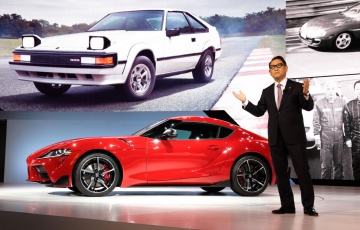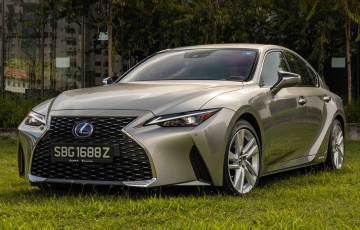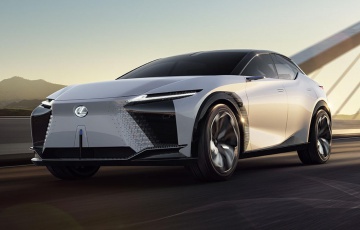
Singapore – Still waters run deep with the Lexus GS F. This isn’t a bodykitted or mildly-tweaked Plain Vanilla model like one of the brand’s F Sport offerings, but Lexus’ storming GS equivalent of BMW’s M, Merc’s AMG and Audi’s RS.
Most intriguingly, it is the only one of its peers to still feature a caged naturally-aspirated V8 beast at its heart, something that warms the cockles of ours.
Before the turbo brigade gets its panties in a bunch, yes we know the GS F’s forced-induction peers are faster every which way, but turbos are sadly the norm rather than the exception these days.
Real petrolheads appreciate the engineering purity of a well-tuned, high-revving nat-asp engine, especially in the GS F’s package that is more keen-edged scalpel than brutal throbbing chainsaw.
Unlike the fat low to mid-range of its turbo compadres, a great deal more strategy goes into driving a high-revving nat-asp car hard, much like the VTEC sportscars of yore – thinking about the good ol’days yet? We know we are...
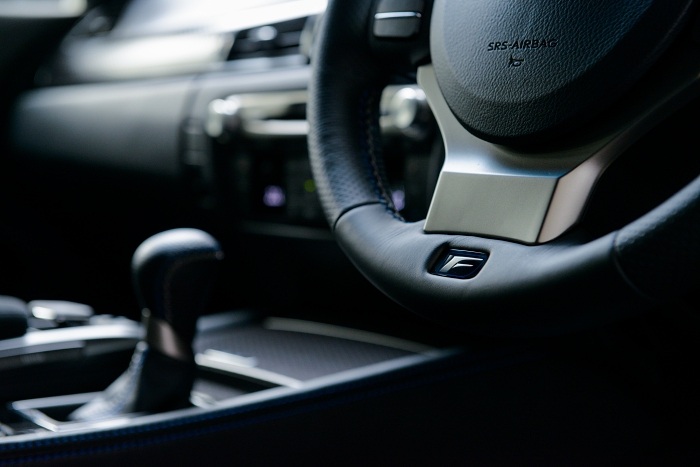
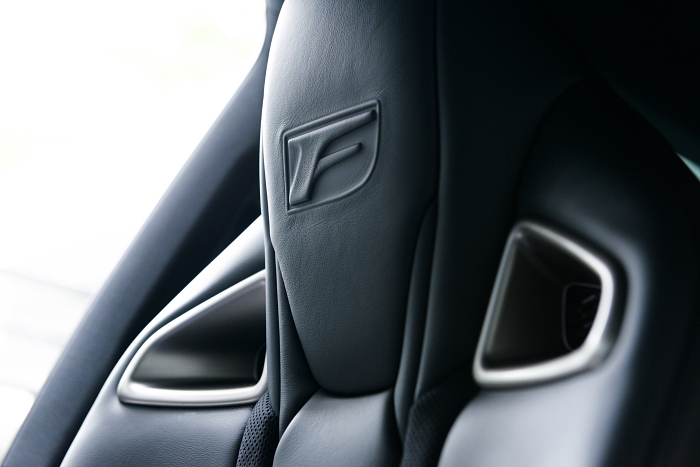
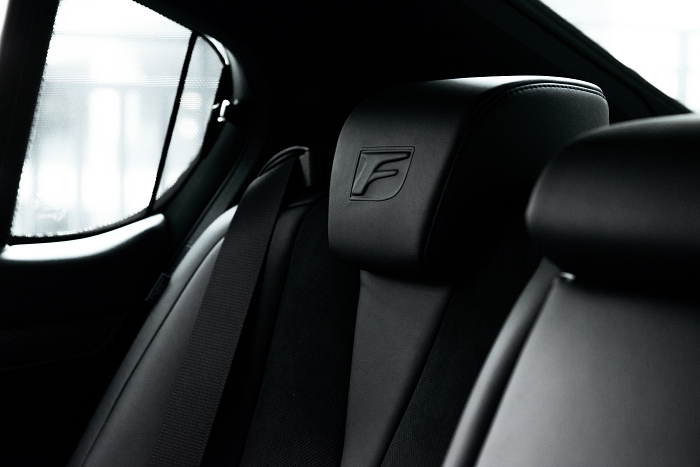
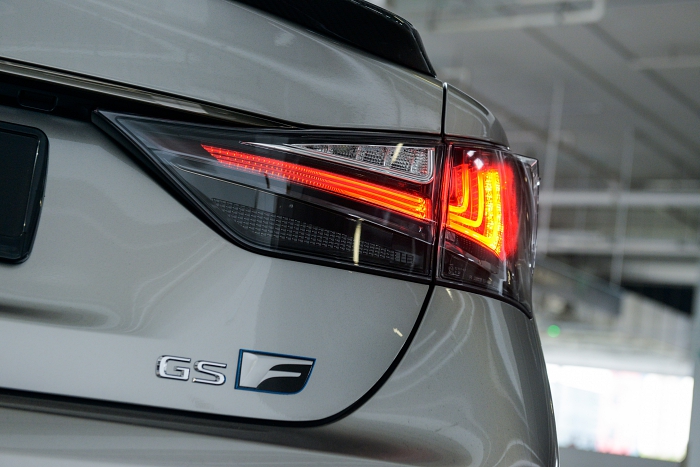
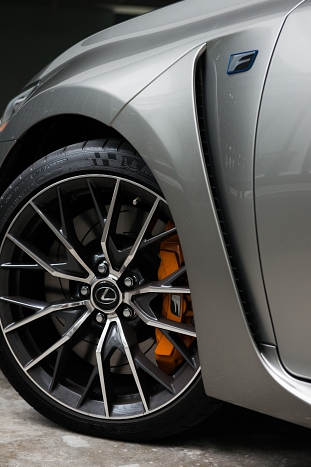
Thoroughbred ‘F’ models (the ‘F’ stands for Fuji Speedway, the spiritual testing ground of performance Lexuses) have been few and far between.
However, this looks set to change, especially with the launch of the RC F and now, the GS F in reasonably quick succession vis-à-vis their global debuts.
Initially, there was just the IS F from 2007, which was unveiled alongside the-then LFA supercar concept. Unfortunately, this model didn’t arrive here until 2010, which is a long wait for prospects in a segment as dynamic as the compact fast-four-door one.
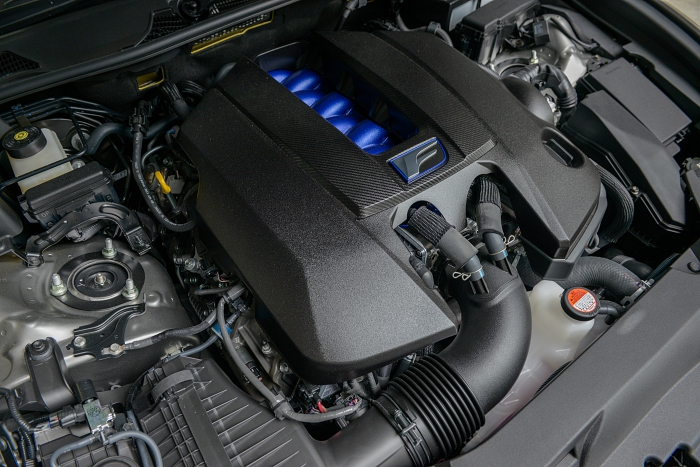
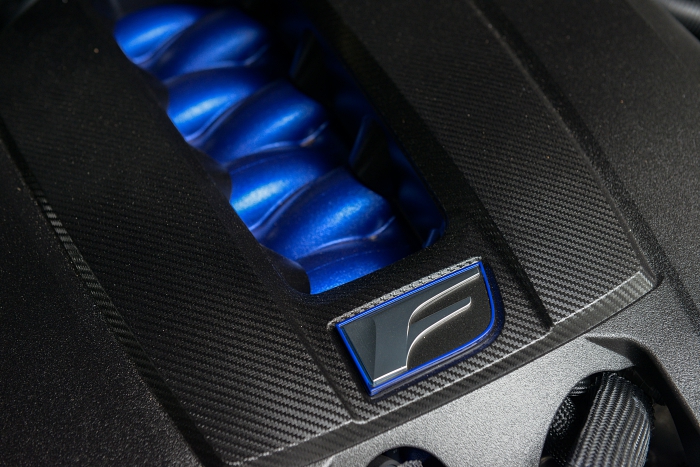
The tonal changes in the GS F’s V8 as engine speeds race from slow to sonic provide a multi-dimensional soundtrack
The IS F’s deliciously explosive five-litre V8 and 8spd auto combo struck a good balance between the W204 C 63’s 6.2-litre and E90 M3 sedan’s 4.0-litre (the B7 RS 4 was only available with a manual-shifter across sedan, estate and convertible variants).
(Click HERE to read about our drive in the Audi B7 RS4)
However, despite its four-door form, the ISF only offered +2 seating in the rear unlike its peers, which sadly, made it no different from most Coupes and eroded a little of its practical impact.
Fast forward a couple of years to 2010 and the world would finally see the brand’s second ‘F’ model, albeit the range-topper: the LFA, a screaming V10 tour de force of epic, supercar proportions that we would get to drive later in its life
(Click HERE to read about our drive in the Lexus LFA)
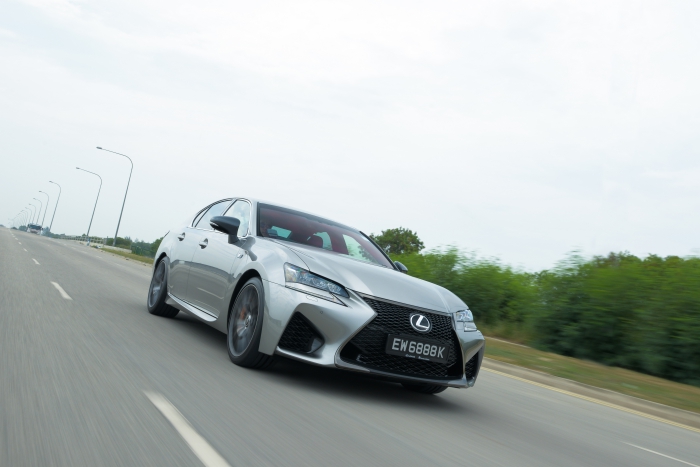
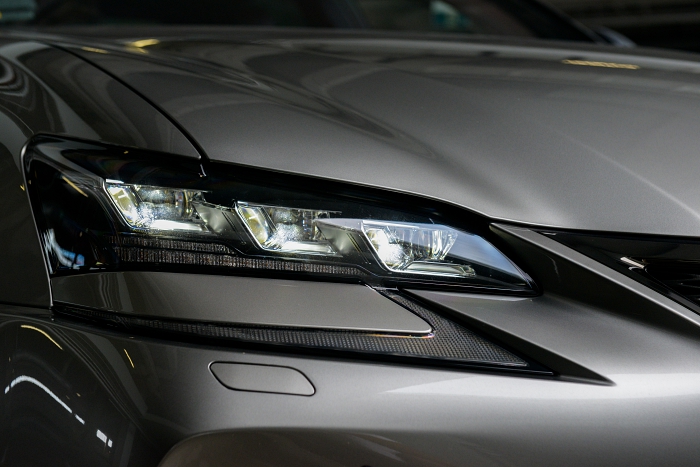
If the LFA and IS F have been any indication, the ‘F’ models appeal to a rarefied group, a self-assured bunch that doesn’t need ‘look-at-me’ flashy smoke and mirrors to make a statement.
It’s certainly not for the ‘everybody’, who thinks cars have to be turbocharged and look a certain way.
Ultimately, Lexus arrived to the performance segment relatively late in the game, so its ‘F’ range lacks the model depth and tradition for the sort of rabid cult-car fanaticism its Teutonic rivals engender.
But don’t forget, this is a brand that produced its own supercar, and we don’t use the ‘s’ word likely either.
Anyone who has driven or ridden in a LFA will come away in awe at how something so exotic and embodies Lexus’ OCD at its finest could have been created by a brand not traditionally associated with the genre.
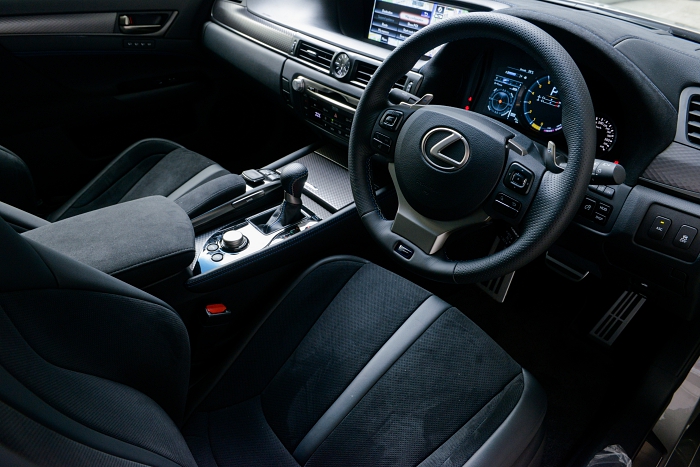
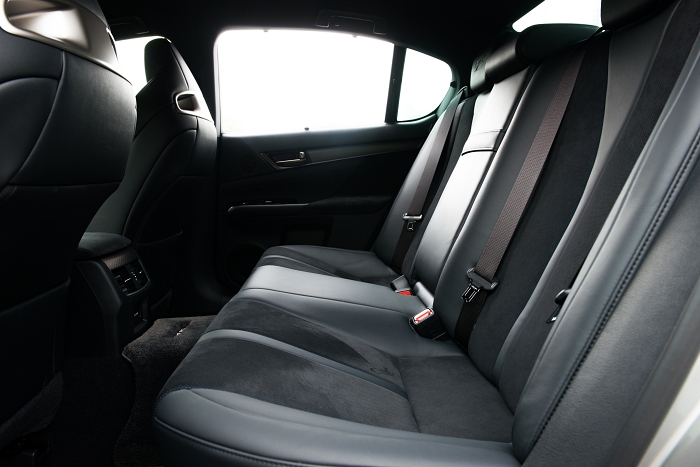
And so, the GS F is a 5 Series/E-Class/A6-sized sedan (with proper seating for three in the back) that follows on the heels of the RC F; like that and the IS F, it’s animated by a howling five-litre naturally-aspirated V8.
(Click HERE to read about our drive in the RCF)
Now if you were to judge a book purely by its cover, and there are plenty who will, you’d wonder what the fuss is all about with the GS F, since it looks very similar to its less endowed GS siblings, spindle grille and all.
It is this nondescript presence that sees it appeal to those who appreciate Lexus’ exercise in understatement – it wasn’t that long ago that Q-cars were all the rage, but like term ‘wolf in sheep’s clothing’, ‘Q-cars’ has become such an overused term since folks use them to describe any fast sedan/wagon, regardless of how blinged-up they have become, but hey, such showboating is the zeitgeist we live with today.
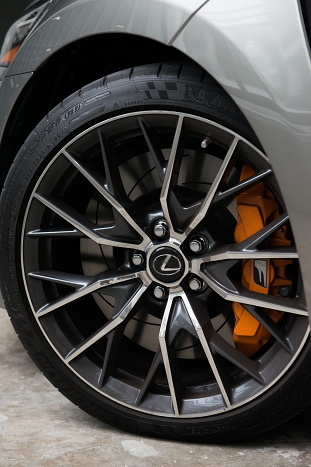
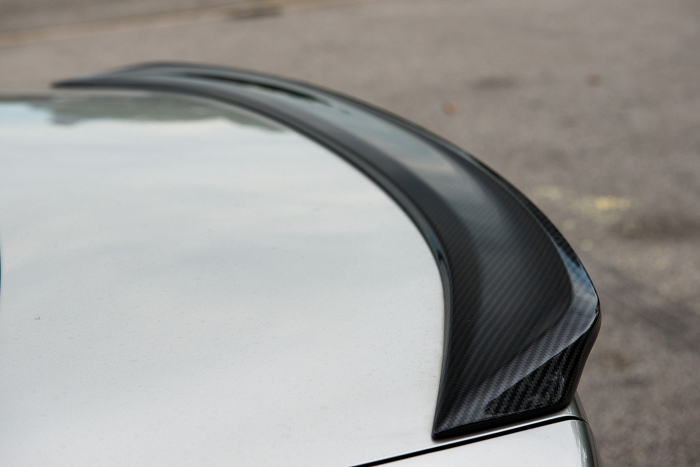
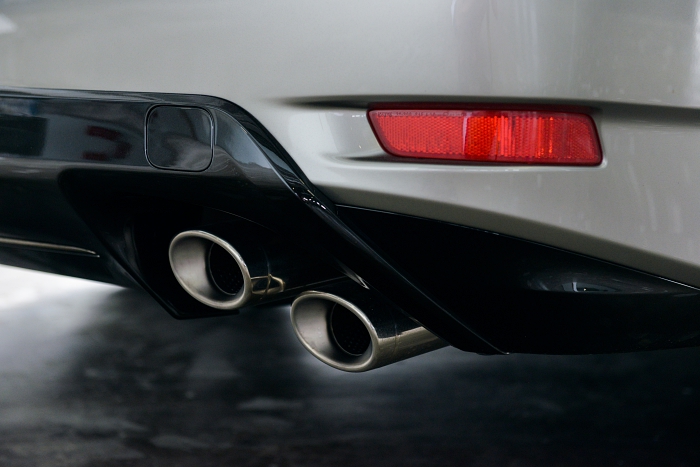
The GS F lives up to the original spirit of ‘Q-car’, where only the cognoscenti know what to look out for: lurid orange big-brake callipers from under the forged aluminium rims, subtle, smoked bits about the headlights and carbonfibre elements around the front chin, as is the discrete carbonfibre boot-lid spoiler, and you can’t miss the twin stacked tailpipes, a distinct characteristic of all the V8 F models so far.
If anything, Lexus’ OCD work and commitment that has gone into the mechanicals and powertrain bring to mind how M used to be...
Real petrolheads appreciate the engineering purity of a well-tuned, high-revving nat-asp engine, especially in the GS F’s package, which is more keen-edged scalpel than brutal throbbing chainsaw
Modern turbocharged engines are like easy credit – access to the turbo’s propulsive facility has never been easier and requires less commitment than on the older turbo’d sportscars.
For starters, turbo lag has all been but eliminated so there’s now a fat slab of torque available from low to the mid-high rpms, which makes light work of commutes and fast-road driving.
Performance on these new age of turbocharged machines has shifted so far North that you’d have to be stupid or skilled to breach the car’s limit on the roads, but even if you’re skilled you’re still stupid for driving that way on the streets.


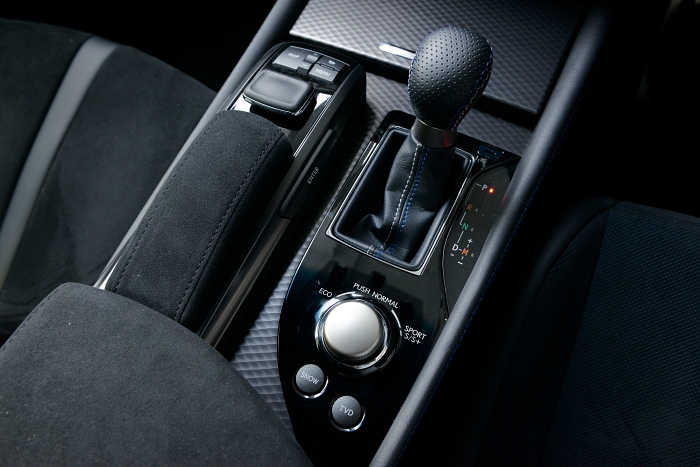
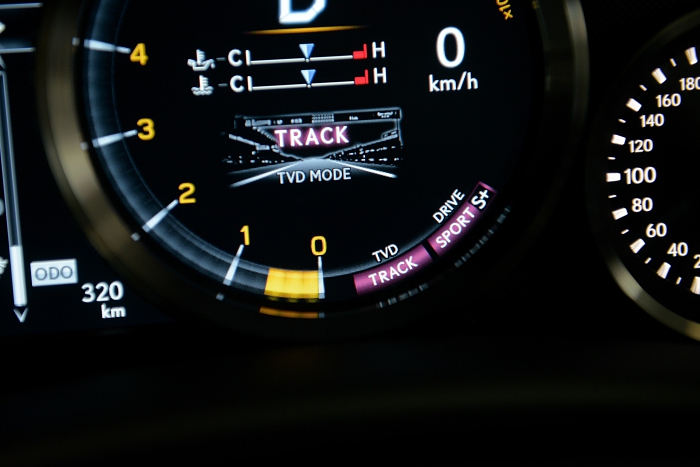
On the other hand, highly-tuned nat-asp engines need a little coaxing, cajoling and strategy than the stomp-to-go of its turbo’d peers – it couldn’t be more different than the ‘village bicycle’ who puts out on the first date.
It’s all about timing as you weigh the revs, traffic and road conditions before acting on steering and throttle – we think it’s just the sort of introspection that puts you back in touch with the art of driving.
The tonal changes in the GS F’s V8 as engine speeds race from slow to sonic provide a multi-dimensional soundtrack to your driving shenanigans that is more than just a monodrone, especially with the GS F’s induction and exhaust conspiring to seduce the driver into striving even harder to extract every nuance of music from the rev-happy V8.
Like with the IS F and RC F, the GS F’s acceleration is heart-stoppingly explosive once you enter the rpm kill-zone.
It’s less about immediate gratification, but the thrill of the hunt, and that sweaty palmed moments of foreplay before the rev needle shoots itself into the redline.
The steering is light, but there’s good feel and deft balance at the helm, while toggling between the different TVD (Torque Vectoring Differential) and VDIM settings adjust the car’s poise and traction level to suit fast-driving conditions.
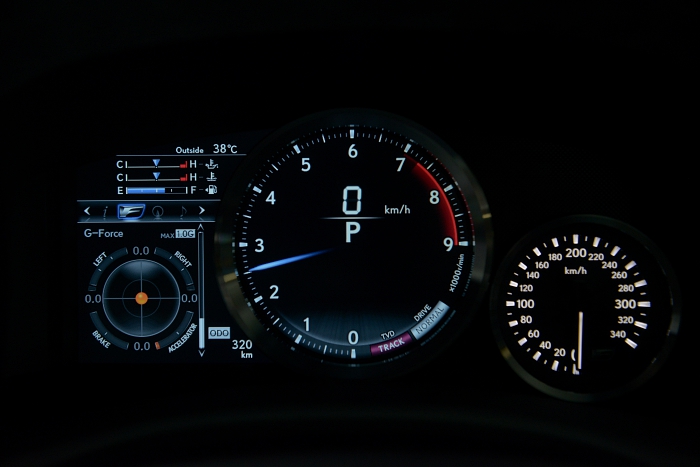
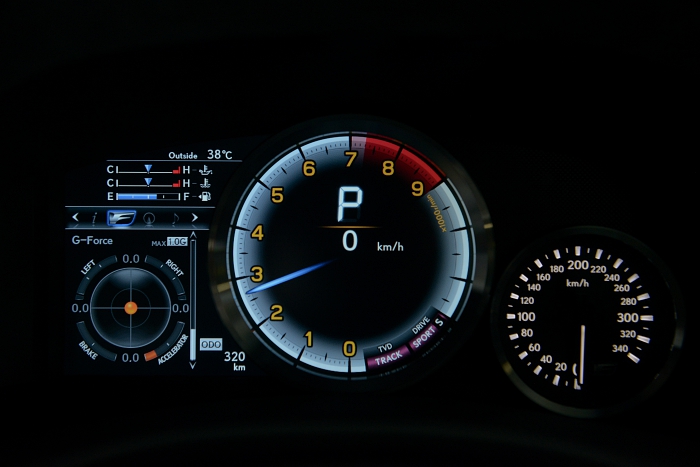
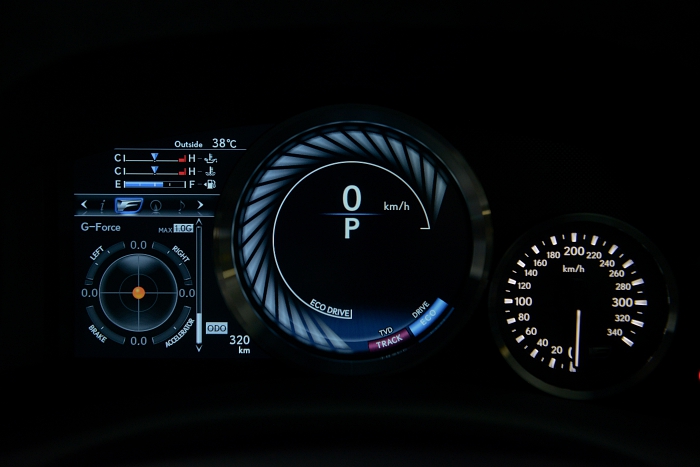
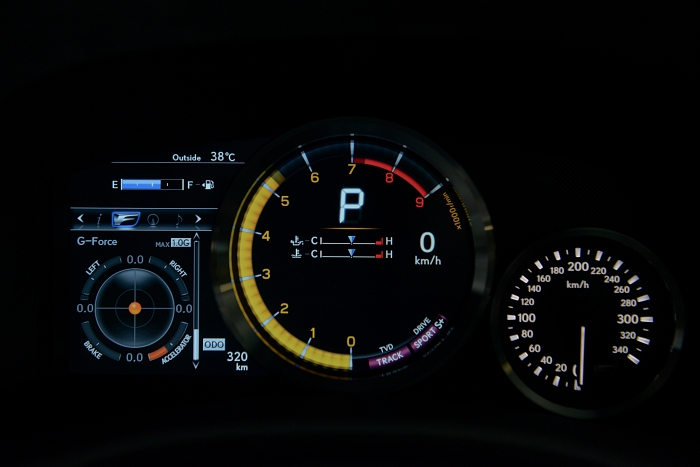
Mood Screens of the different drive modes
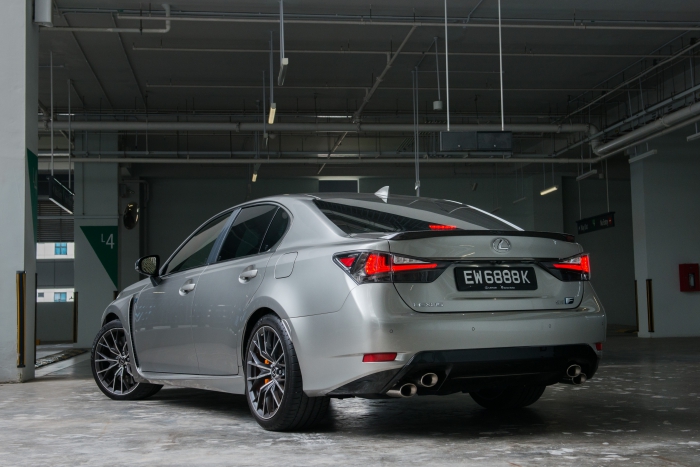
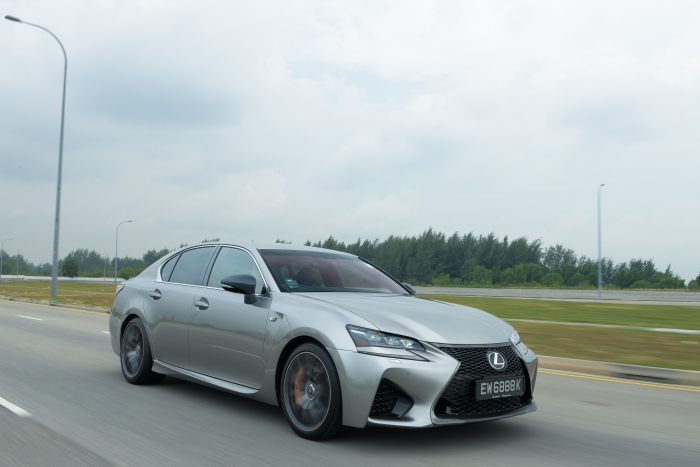
The brochure shows a hipster type bearded chap introducing his sceptical ex-racer dad to the sports sedan.
It’s particularly telling that the old-school racer slowly approves of the GS F’s performance, since that’s exactly how fast cars used to be to drive where you had to work them hard to play hard – and that’s exactly how us curmudgeons at the office remember them to be too.
Yet intertwined with this nostalgia are the fruits of Lexus’ technological advancements, which include that slick-shifting 8spd auto and trick differentials for even better dynamic control.
Its contemporaries are faster and garner more eyeballs, especially among the paper-chasers who follow only fast-faster-fastest.
However, we reckon there are few things as thrilling and as soul-stirring as you plumb the depths of the V8’s personality to bring Lexus's masterpiece of an engine to a toe-clenching climax.
PHOTOS Zotiq Visuals
Lexus GS F
Engine: 4969cc, 32v, V8
Power/rpm: 470bhp/7100rpm
Torque/rpm: 530Nm/4800-5600rpm
Transmission: 8spd auto
0-100km/h: 4.6secs
Top speed: 270km/h
Fuel consumption: 11.3l/100km
CO2: 262g/km







